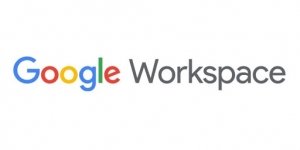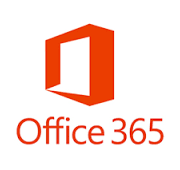Deadline 3/1/22: Microsoft 365 Price Increase

On March 1, 2022, the pricing for Microsoft 365 will increase. Depending on your current subscription and licensing, you will see a Microsoft 365 price increase ranging between 10% and 25%. You can, however, minimize or avoid the increase.
Details
Monthly per user pricing with an annual commitment* will increase as follows:
- Subscription
- M365 Business Basic
- M365 Business Standard
- M365 Business Premium
- O365 E1
- O365 E3
- M365 E3
- Current Fee / User / Month
- $5
- $12.50
- $20
- $8
- $20
- $32
- New Fee / User / Month
- $6
- $12.50
- $22
- $10
- $23
- $36
*Pricing for monthly commitment (no annual commitment) will include a 20% surcharge.
What is the Impact?
Historically, Microsoft 365 and Office 365 subscriptions were sold with an annual commitment. Within the annual commitment, you could adjust the number of licenses up or down on a monthly basis. Microsoft now classifies these types of subscriptions as “Monthly Subscriptions”.
Going forward, you can choose an “Annual Subscription”. With an “Annual Subscription”, your current license count becomes your minimum purchase commitment for the next 12 months. You may add licenses during the year, but you cannot remove any licenses until your annual renewal.
A “Monthly Subscription” allows you to increase or decrease you licenses monthly.
Annual Subscription pricing will increase as noted in the table, above. If you are a monthly subscription, you will pay an additional 20% per license.
Minimize the Impact
You can minimize, or completely avoid, the Microsoft 365 Price Increase by assessing your subscription licenses and usage, and:
- Transition to an Annual Commitment before February 28, 2022.
- Continue with monthly or annual invoicing
- Remove past employee accounts by either:
- Exporting and deleting
Act Now!
Schedule time with one of our Cloud Advisors. We will assess your current subscription, the impact of your transition, discuss subscription and licensing options, and determine if you qualify for incentive discounts.


 If you ask IT pros about Office 365 licensing, they are likely to roll their eyes.
If you ask IT pros about Office 365 licensing, they are likely to roll their eyes. Many SMBs, when considering a move to the cloud, feel overwhelmed by the prospect of migrating. Considering the amount of data and the capabilities of platforms like
Many SMBs, when considering a move to the cloud, feel overwhelmed by the prospect of migrating. Considering the amount of data and the capabilities of platforms like  This post is the sixth in a series addressing concerns organizations may have that prevent them from moving the cloud-based solutions.
This post is the sixth in a series addressing concerns organizations may have that prevent them from moving the cloud-based solutions.